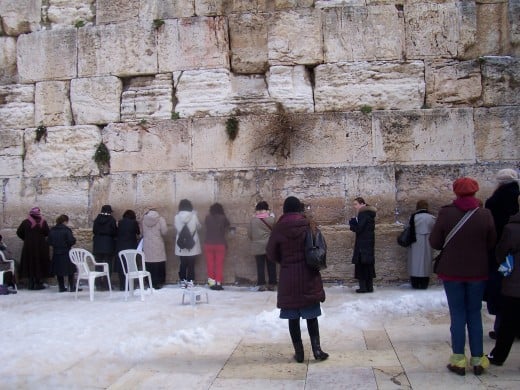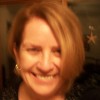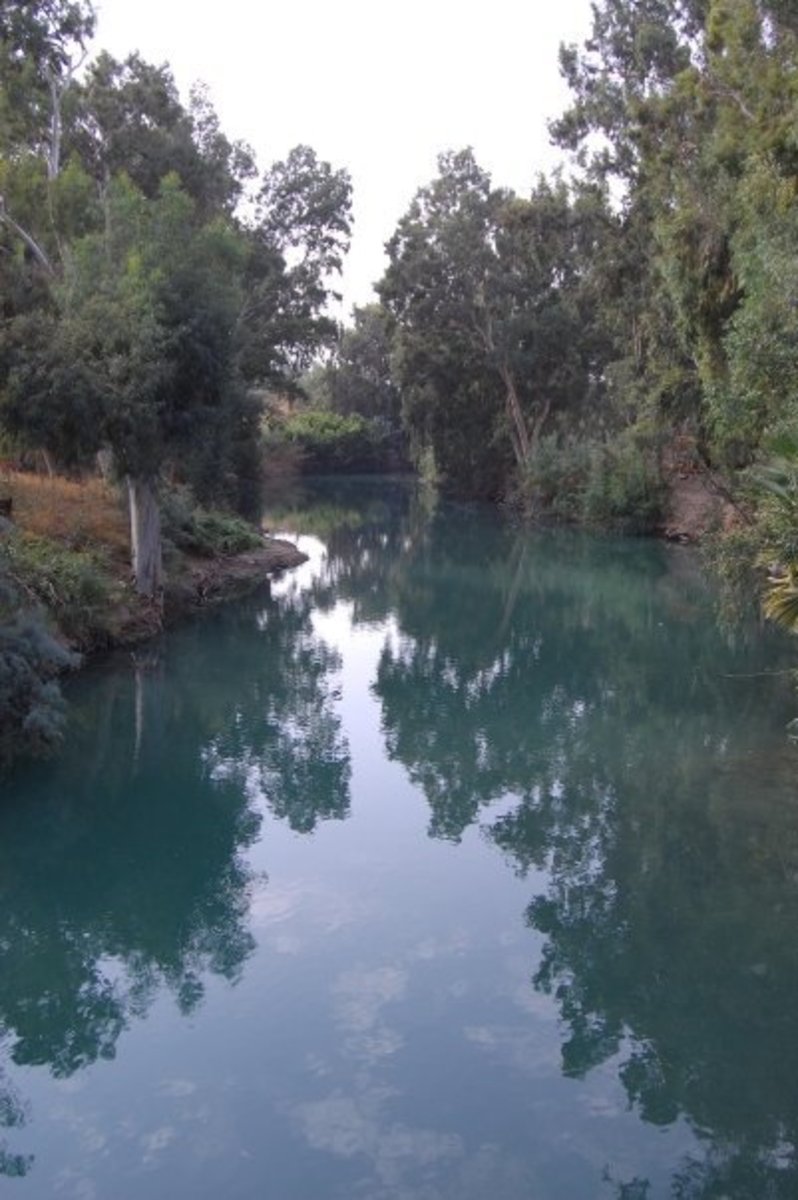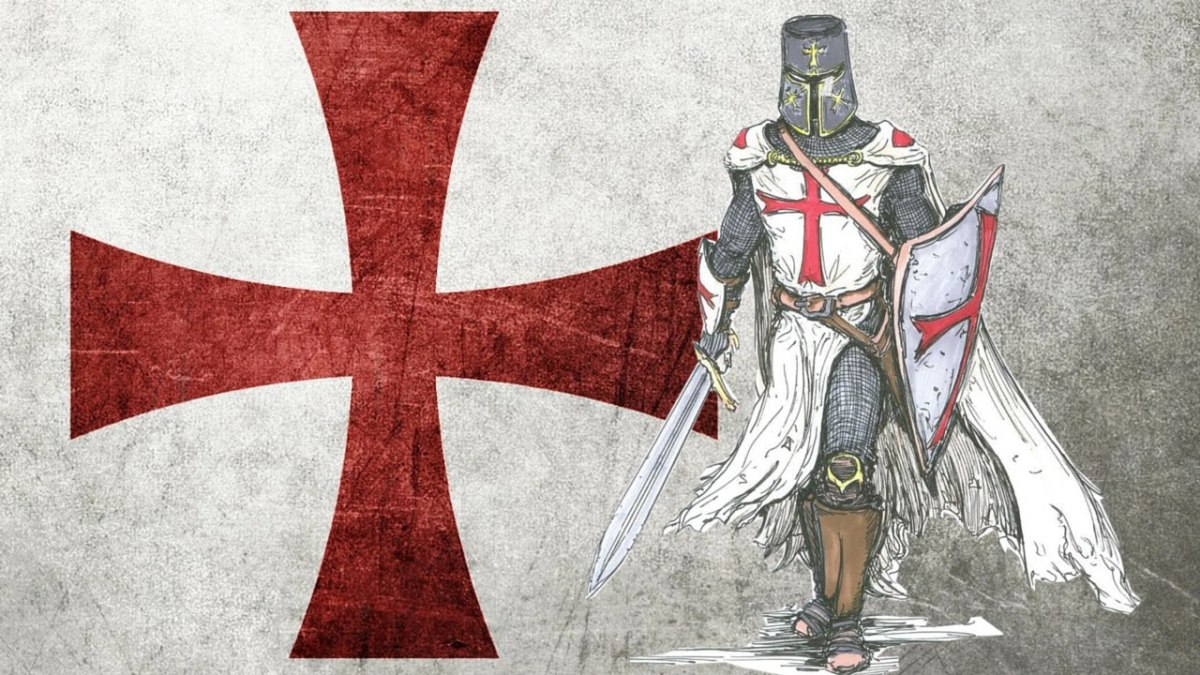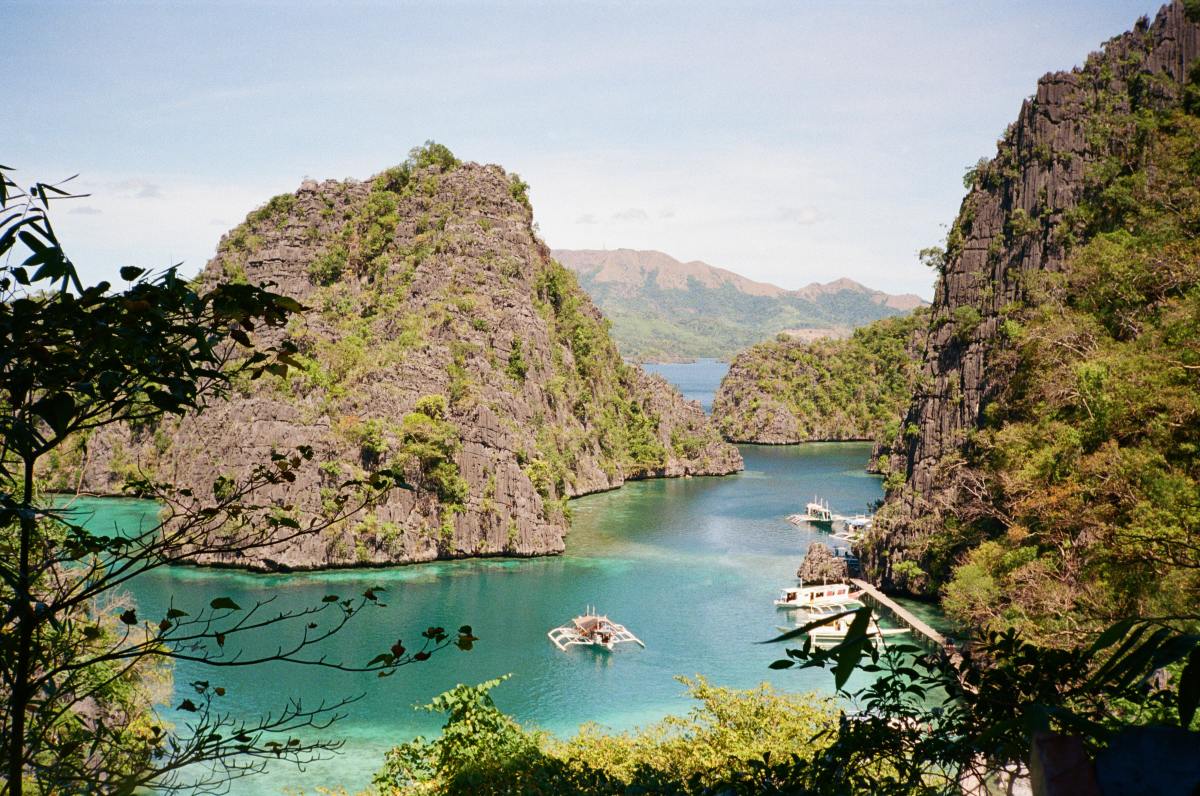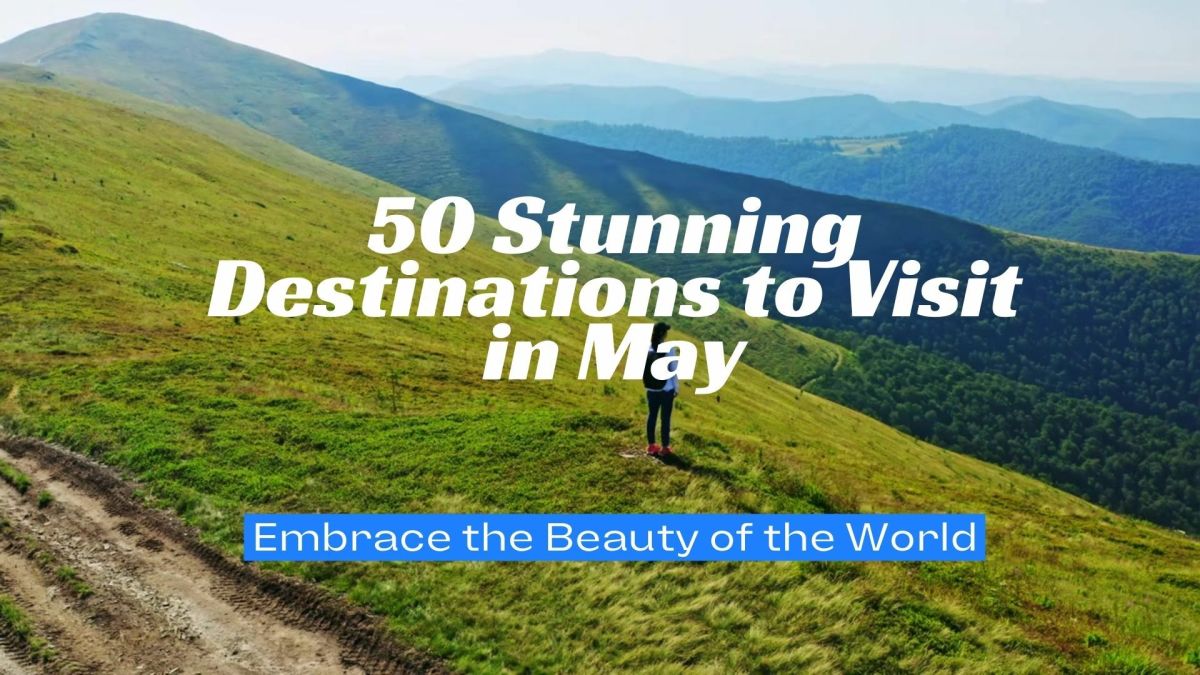A Lapsed Catholic tours the Holy Land as a representative of a Jewish Travel Company
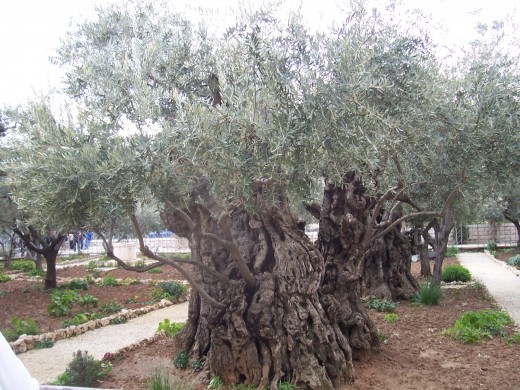
When I was a child in Catholic grammar school studying the bible and reading about places like Jerusalem, the Sea of Galilee and the Garden of Gethsemane, it never occurred to me that one day I would actually visit those exotic places; stand under the golden Dome of the Rock, put my feet in that biblical waterway or sit in Gethsemane and look across the valley at the City of Jerusalem. It would have been unimaginable to that little girl that one day she would not only visit the Holy Land, but visit as a representative of a company that specialized in sending congregants from Jewish synagogues on tours of Israel.
So what paths would lead that little girl to the Holy Land?
A Circuitous Route
As an adult I became a religious archaeologist of sorts, studying the history, practices and beliefs of many different religions. I spent years in yoga and meditation classes, attended Buddhist services, worked for a Methodist Church and learned from a friend who was an Episcopalian. During most of those years of exploration, deep down, I did not believe there was a God. I believed we ended when we died. Gradually I regained faith in the belief that there is a benevolent force out there somewhere.
In 2002 I answered a help wanted ad in a local newspaper and a few weeks later received a phone call from the director of a local synagogue inviting me to come in for an interview with their Senior Rabbi. I knew very little about Jewish traditions but nevertheless, found myself waiting patiently in an elegantly appointed office for the Senior Rabbi to appear. I imagined he would be dressed in black and have long side curls dangling from under a black fedora.
A few minutes later a handsome, dapper man dressed in khakis, a golf shirt and loafers walked into the room and introduced himself as the Senior Rabbi. That was the beginning of my Jewish education. I worked for the congregation for three years and before I left was conducting wedding rehearsals and often was the point person for questions on rituals and traditions.
Three years after I left the synagogue, I received a call from my friend, the Rabbi, telling me about a travel agent position in a tour company owned by one of his congregants and offering to set up an interview if I was interested. I interviewed and got the job. Half a year later, I was called to a meeting with the owners of the tour company and told that in ten days I would be joining five of my colleagues on an eleven day orientation tour of Israel and Jordan.
That's how a little girl from Sacred Heart School ended up boarding an El Al 737 one late January evening in 2008 excitedly anticipating eleven days in Israel.

It's Not Just An Airline, It's Israel
The 13 hour flight from JFK Airport in NYC to Ben Gurion Airport in Israel, was not uneventful. Mid-Atlantic, at 35,000 feet and three hours away from the nearest airport in Ireland, the plane hit high winds and the resulting turbulence threw me from one side of my seat to the other, the seat belt kept me from popping out of my seat entirely. The extreme turbulence lasted for 20 minutes, stopped for ten, and just as we all thought it was over, started again. My travel companions kept reassuring me that El Al pilots flew Israel's fighter jets during times of conflict and were among the best in the world. I was hoping the El Al 737 I was on was equally as capable of handling those screaming winds.
Having survived the turbulence and reached the European continent, I noticed the small screen in front of me indicated we were flying over the Alps. Not wanting to miss the opportunity of seeing the Alps from the air, I raised the window shade just a smidge. The result was akin to spending months in a dark cave and then walking into the glaring midday sunshine ... it was blinding. Unfortunately for me, that bright sunshine rushed into the dark cabin and woke a few passengers nearby who told me in no uncertain terms to close the &%#@# shade. Which I did, but not before peeking down at the Alps which looked like gray egg cartons turned upside down with white sugar sprinkled on top.
As
the plane banked and descended for landing, we skimmed over the crystal
clear waters of the Mediterranean Sea before touching down at Ben
Gurion Airport.
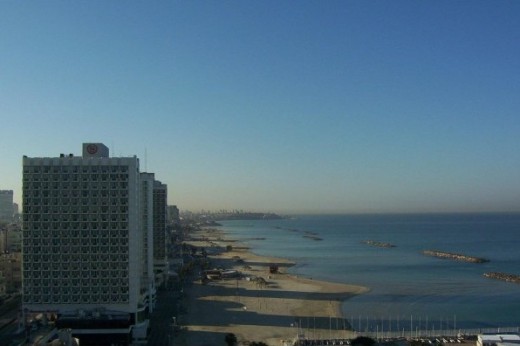
Business as Usual
My first impression of Israel as our small tour bus pulled away from the airport and headed down the highway toward Tel Aviv that morning was that it was more modern than I imagined it would be. There were palm trees and stretches of dusty fields, but overall the roads we traveled on and the majority of buildings that we passed looked brand new ... not a camel in sight.
Before checking into the Carlton Hotel in Tel Aviv we spent the afternoon visiting sites that were popular with our clients: The Aylon Institute, a secret ammunition factory of the Jewish underground, Rabin Square, where Prime Minister Yitzhak Rabin was assassinated in 1995, and Independence Hall where David Ben Gurion pronounced Israel's independence in 1948.
By the time we checked into the Carlton late in the afternoon we were exhausted, but had an evening itinerary to complete that included a traditional Israeli meal at Maganda, a charming restaurant in Tel Aviv and a late night walk through the cobblestone streets of Jaffa, an ancient city on the Mediterranean Sea outside of Tel Aviv.
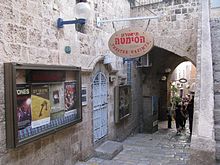
A 7AM business breakfast started each day and we were in constant motion until 10PM when we dragged our tired bodies and overloaded heads back to our sumptuous suites. Since the hotels where we stayed wanted our business, our accommodations included rooms with breathtaking views of the Mediterranean, Dead Sea, Red Sea, Sea of Galilee, and magnificent Old Jerusalem. A bottle of wine and a fresh bouquet of flowers greeted me in every suite. Unfortunately, I was so tired at the end of each day, a quick whiff of the flowers and a half glass of wine was all I needed to drift off to sleep until the alarm woke me at 6AM. I barely noticed my posh surroundings.
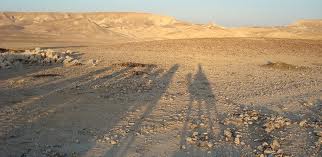
The Negev Desert
The next day, after a quick visit to the Palmach Museum, which commemorates the first-strike force of Israel's pre-state underground defense organization, I boarded a small propeller plane for a short flight over the Negev Desert to Eliat, Israel's southernmost city and a popular resort destination on the Red Sea.
Looking out the window on the 35 minute flight was like looking down on scenes from the movie Lawrence of Arabia. Miles and mounds of dessert sand with occasional green shoots of palm trees. Then, suddenly, a half dozen camels carrying men with long black robes flowing behind them would race across the landscape. Or, we would fly over a Bedouin campsite of colorful tents with camels "parked" nearby. I could almost see their footsteps in the sand. Now THIS was the Holy Land I imagined.
After landing we visited an underwater observatory beneath the Red Sea. As we were leaving, I looked across the sea at Saudi Arabia not a mile away and wondered, not for the first time, what twists of fate had led me here.
That night I stayed at the very posh Hilton Eilat and dreamt about crossing into Jordan the next day to travel to the ancient city of Petra.
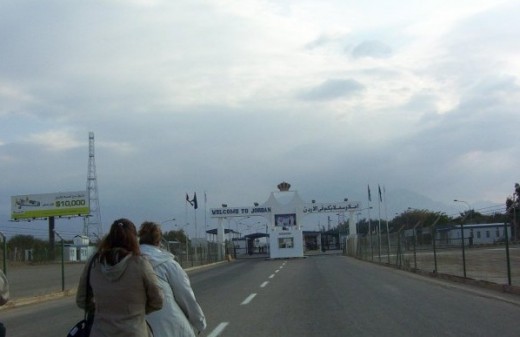
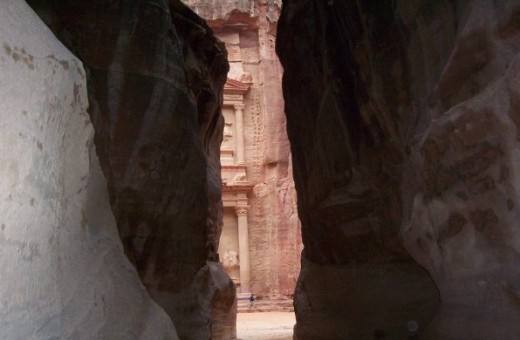
Petra, Jordan
You know the scenes in spy movies where there's a prisoner exchange in the no man's land between the checkpoints of two adjoining countries? That's what it was like leaving Israel. Our passports were reviewed at the Israeli checkpoint and we literally had to walk a quarter mile through a metal fenced area to the Jordanian checkpoint where our passports were checked AND we were told to leave our passports there. We all looked at David, our boss who was raised in Jerusalem and he nodded that it was OK to leave them behind.
Having gone through all of that I was terribly disappointed when our tour bus was turned back on the road to Petra because, of all things, it had snowed in the mountains of Jordan and the less than an inch of snow was so rare it had caused auto accidents on the roadway ahead of us. After David made a few phone calls our bus was waved on and we continued to Petra. Even David was in awe of the snow in the desert. He had never seen snow in Jordan before.
Petra is the remains of a city carved into the mountains of Jordan by Arab people 2000 years ago and there is nothing in the world that resembles it today. A mile long narrow gorge flanked by steep mountain walls called the Siq, opens to the bright light of day and the Treasury (see photo above), one of the Seven Wonders of the World. Colorfully decorated horses pulling small carriages driven by Bedhoin "cowboys" rumble down the Siq carrying tourists not wanting to walk the distance. Further into Petra, past the Treasury, camels quickly plod by carrying delighted passengers. As the sun moves throughout the day it glances off of the rose-colored stone.
For those of you interested in learning more about Petra, click on the Wikipedia link below.
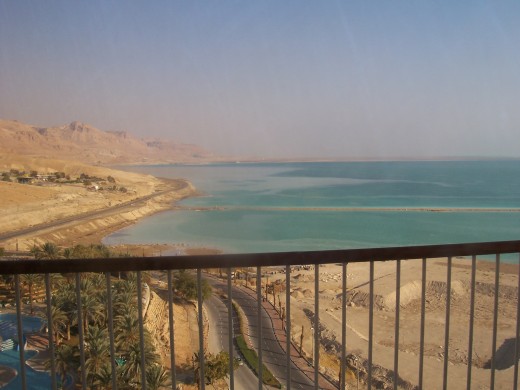
The Dead Sea and Beyond
After spending one more night in Eilat we boarded our mini bus and drove through the bright morning sunlight to the Meriden Hotel near the shores of the Dead Sea. Although it was a very chilly January morning, most of us donned our swimsuits and walked into the clear, light blue, salty water. As I tilted my body back I could almost feel the Dead Sea cradle me as I became buoyant and began to float. Floating and looking up into the clear blue sky I marveled again at the luck and twists of fate that caused this little Catholic school girl to be floating in the Dead Sea on this glorious January morning.
A quick shower and I was back in the mini bus heading toward Masada, a mountain top fortress built by King Herod between 37 and 31 BCE (Before the Common Era, a term used as an alternative to the term BC, Before Christ). Masada towers over the Dead Sea on the eastern edge of the Judean Desert. The cliffs on the east edge soar to 1,300 feet, the cliffs on the west to 300 feet offering magnificent views of the rugged desert and the Dead Sea. I was overcome by the history and exotic landscapes as I silently rode the cable car up to the ancient site. To learn more about Masada, click on the link below.
After a quick walking tour of the fortress we were back on the road, my head still trying to catch up to what I had just seen. David brought our attention to large black holes carved into the rugged landscape to our left and I was astonished to hear that the famous Dead Sea scrolls were found at that location.
Our itinerary required us to skirt Jerusalem and head up north to our overnight stay at the Hagoshrim Kibbutz near the Lebanese border. As we sped along the highway passing miles of desert with an occasional shock of green, I was oblivious to the emotions I was about to experience.
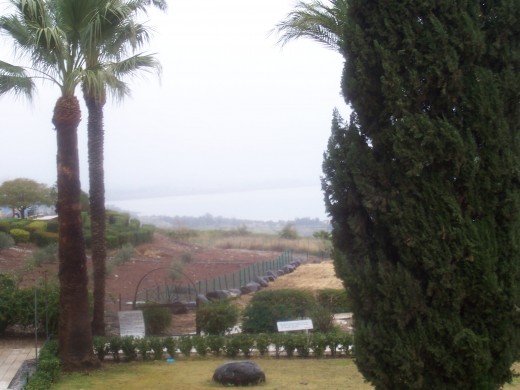
Where The Old Testament Meets the New
In addition to the Jewish historical sites that most of our clients were interested in, on this day we were visiting our first Christian sites. We made a quick stop at Tobcha, the location on the north western shore of the Sea of Galilee where the miracle of the multiplication of loaves and fishes and the fourth resurrection appearance of Jesus were to have taken place. The little Catholic girl who had been sleeping for years began to stir.
When our mini bus pulled into the parking lot in front of the entrance to Capernaum which proudly displayed a sign printed in big red letters that reads: "Capharnaum the Town of Jesus" she began to wake up. Inside the walls of Capharnaum is St. Peter the Apostle's childhood home. While rocks and stones are all that is left of the now deteriorated homestead, a lovely chapel has been built on metal girders directly overhead and features a section of glass flooring where a visitor can gaze down into St. Peter's home. A short walk passed this site are the remains of the synagogue where Jesus attended services with his family. The Apostles James, Andrew, John, and the tax collector Matthew, all grew up in Capernaum
Standing in the remains of that synagogue I had the sensation that always comes over me when I am able to stand on ancient ground. It is a sense of oneness with all of the people who have stood on those hollowed sites in the millenniums before me.
Our next stop was the Mount of the Beatitudes. This site had been discussed often in the office as a point of general interest. The geography and shape of the hill forms a natural acoustic,surround sound theater. As I walked toward the chapel I was thinking about what a clever choice it was to select this site for one of Jesus' most famous sermons, the Sermon on the Mount. When I walked into the chapel three priests were celebrating mass, not in Latin, but in a language I did not understand. A group of people who also spoke that language were participating in the service. Out of the blue, I was overcome and began to cry. Not just a quiet "isn't this a lovely moment" cry, I sobbed and could not stop.
If you tapped ten psychologists, a priest and a rabbi on the shoulder and asked them why I sobbed you might get a dozen different answers. All I know is I was overwhelmed and crying was the only option. My Jewish boss, David, seemed intrigued by my reaction, as was I.
Later that day we drove up the steep road to the Golan Heights knowing land mines from the Arab-Israeli Six Day War of 1967 and the Yom Kippur War of 1973 were still buried in the mountains surrounding us. I was shocked when David identified a small stream running through the valley below us as the Jordan River. I imagined the Jordan River would be a wide and powerful waterway.
After a visit to two kibbutz and a winery on the top of the Golan Heights, we continued to Hagoshrim where we spent the night.
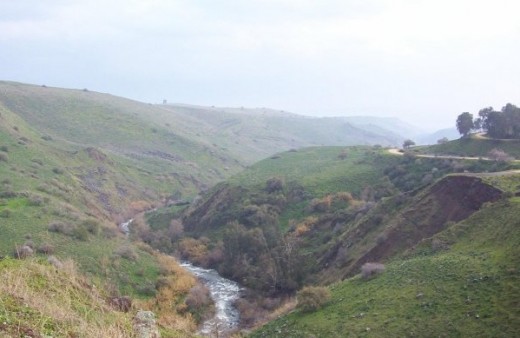
Over the next few days we visited many historic sites, including the cities of Acco, Haifa and Caesarea on the Mediterranean. We also visited the ancient city of Sefad where Kabbalah (Jewish mysticism) reached the peak of its influence.
When we visited the beautiful church of the Annunciation in Nazareth I walked down a half dozen stone steps inside the sacristy to read a sign fixed to a black metal fence that separated me from stone ruins on the other side. The sign told me that the ruins I was looking at were the remains of Jesus' first home. Once again, out of the blue, I began to sob. This time, however, I knew why. My mom, who had passed away, was a devout Catholic and I cried thinking about what it would have meant to her to stand on that spot.
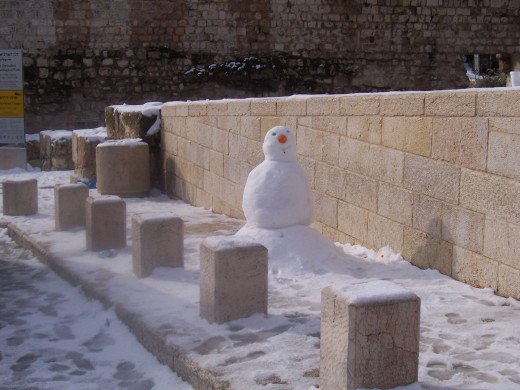
A Snowy Welcome to Jerusalem
Wet snow and freezing rain pummeled us as we stepped off the bus, and up to our ankles in slush, the night we arrived in Jerusalem. The first stop for all of our company tours as they entered Jerusalem was the stone overlook where we huddled against the weather. The overlook normally provided a spectacular panoramic view of the city but not on that cold night. Unfortunately for us, an opaque curtain of sleet and snow blocked our view. Wanting to recreate our clients' experience, David produced a loaf of Hallah (traditional Jewish bread) and a bottle of wine along with small plastic cups and we stood there shivering in the snow munching the crisp bread and gulping the sweet wine hoping it would warm us.
When we woke the next morning the sun was shining and the city of Jerusalem was populated with snowmen. Snow was such a rare occurrence there that children who had the day off from school had built families of snowpeople everywhere. As we followed our itinerary that day I counted a total of 17 snowmen appearing in open fields, city sidewalks and city parks.
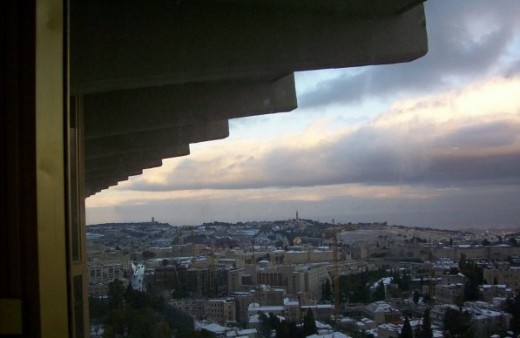
To walk through the streets of Old Jerusalem was a thrill. Walking under the streets of Old Jerusalem was also a thrill. We followed the Western Wall's underground tunnels from the courtyard beneath the Dome of the Rock all the way to an outlet onto the Via Dellarosa, the winding street of the Stations of the Cross. From there we followed Via Dellarosa to the Church of the Holy Sepulcher which was literally constructed over what is believed to be the tomb of Jesus Christ. While the Church was certainly historically interesting, I found it too commercial and off putting.
The day before we had visited the Garden Tomb in Jerusalem which is located in an Arab neighborhood and is surrounded by tall metal fences. A dedicated group of people believe this is where the actual burial tomb of Jesus is located and that a nearby hill top is the true Golgotha, the site of the crucifixion. Sitting in that quiet garden away from the mobs and noise of the Church of the Holy Sepulcher, it was easy for me to believe this was the true site. I was especially taken by the juxtaposition of Golgotha to a automobile repair lot directly below it where two buses appeared to have been destroyed by a bomb blast.
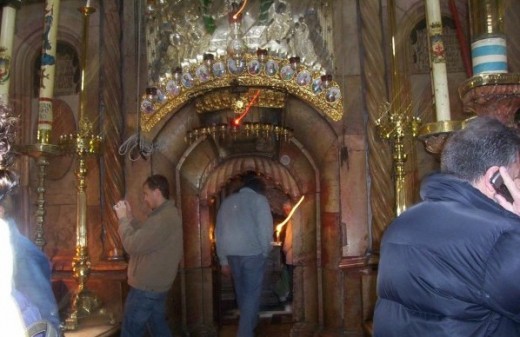
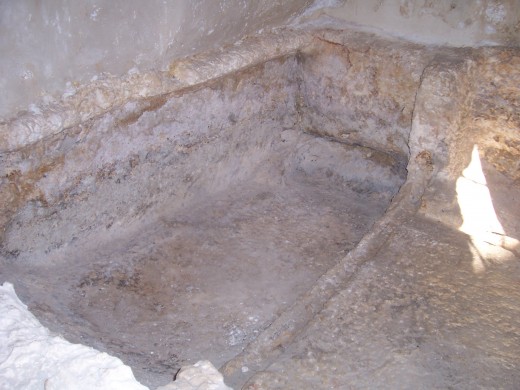
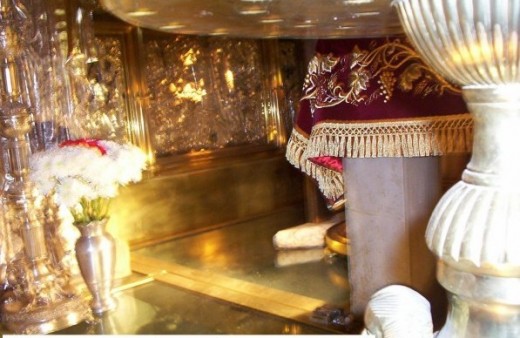
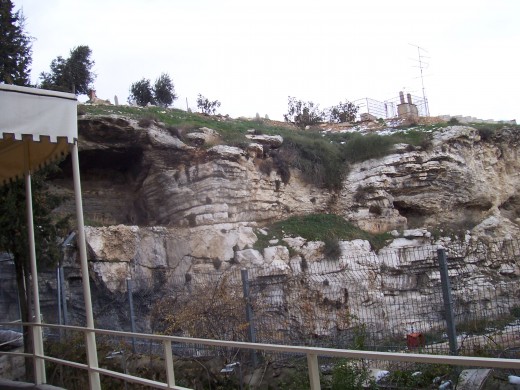
An Exhusted Traveler Says Goodbye to the Holy Land
During our final days in Jerusalem we visited the Davidson Center, which is located just outside the walls of Old Jerusalem, where we walked the temporary metal walkways that hung above current archeological excavations. As we walked above those ancient ruins I was very aware of the armed men who watched us from the base of the golden Rock of the Dome that towered above our heads, a reminder of the ancient struggles for control of religious landmarks in Jerusalem.
Later that same day, our tour of the unforgettable Yad Vashem, Israel's official memorial museum to the Jewish victims of the Holocaust was daunting because of the sheer destruction of human life that it represented.
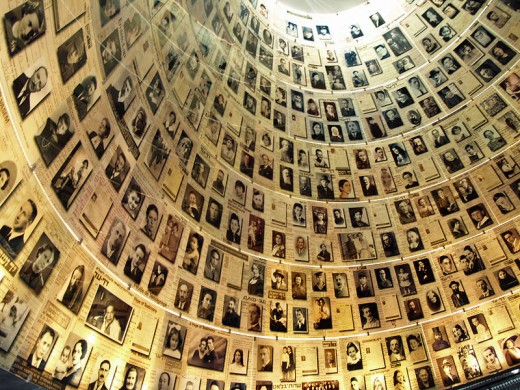
After a farewell dinner at the home of David's adult son, we said good bye to the staff of our sister office in Israel, boarded an El Al 747 and headed home.
Epilogue
So what did that little Catholic girl learn from her trip to the Holy Land? My experiences in the Holy Land were profound in many ways. Israel/the Holy Land is the birthplace of the world's largest religions and that is not just an abstract idea when you're there, it is palpable. I am sure every Christian, Jew, Muslim or member of any other faith feels a strong connection with their beliefs while in the Holy Land. There truly is a power there.
